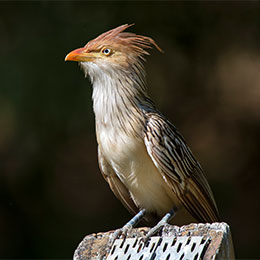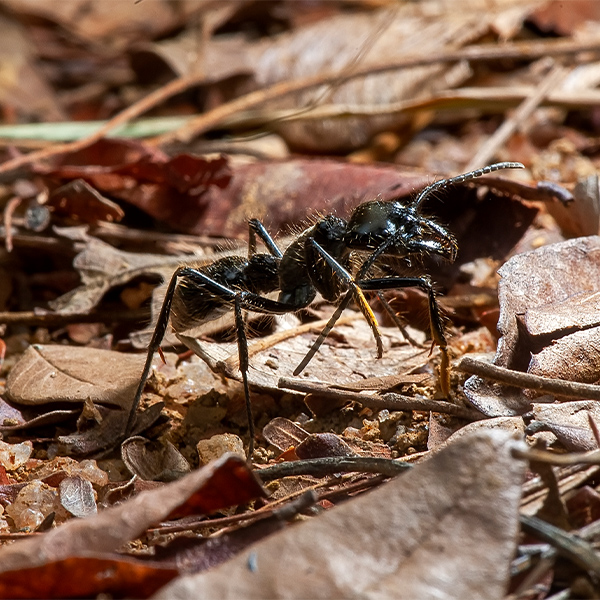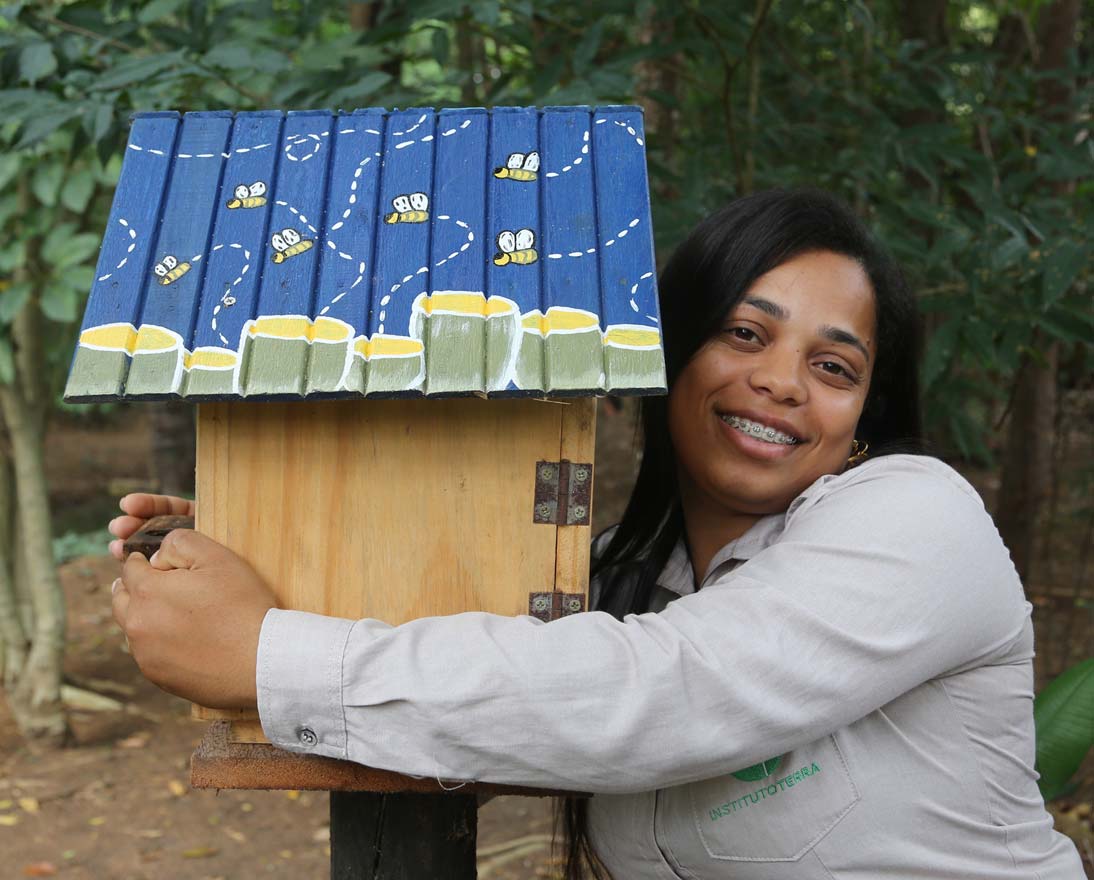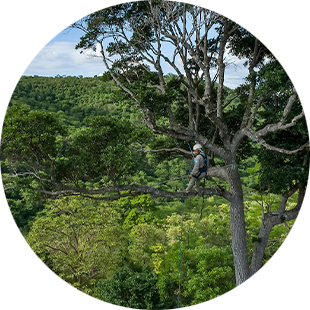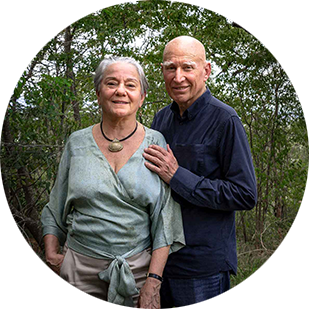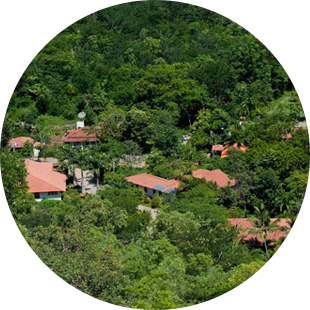
Zurich Forest Project news
Immerse yourself in the Zurich Forest Project. Follow activities on the ground month by month with our regular updates.
Current project news
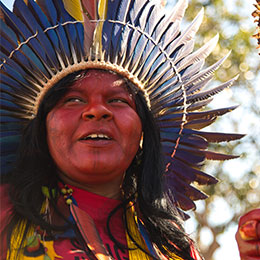
August 2024
Meet some of the guardians of nature
August 9 was International Day of the World's Indigenous Peoples. Despite comprising only 5% of the global population, they manage 28% of the world's surface land, including some of the planet's most biodiverse areas (according to the Food and Agriculture Organization of the United Nations). In Brazil, indigenous communities have significantly contributed to biodiversity conservation, transforming poor soil into fertile land and managing forests sustainably. Their practices have preserved diverse ecosystems like the Atlantic Forest where the Instituto Terra and our Zurich Forest Project are located.
Photo: © Katie Maehler/APIB Comunicação, CC BY-SA 2.0, via Flickr
Archive

